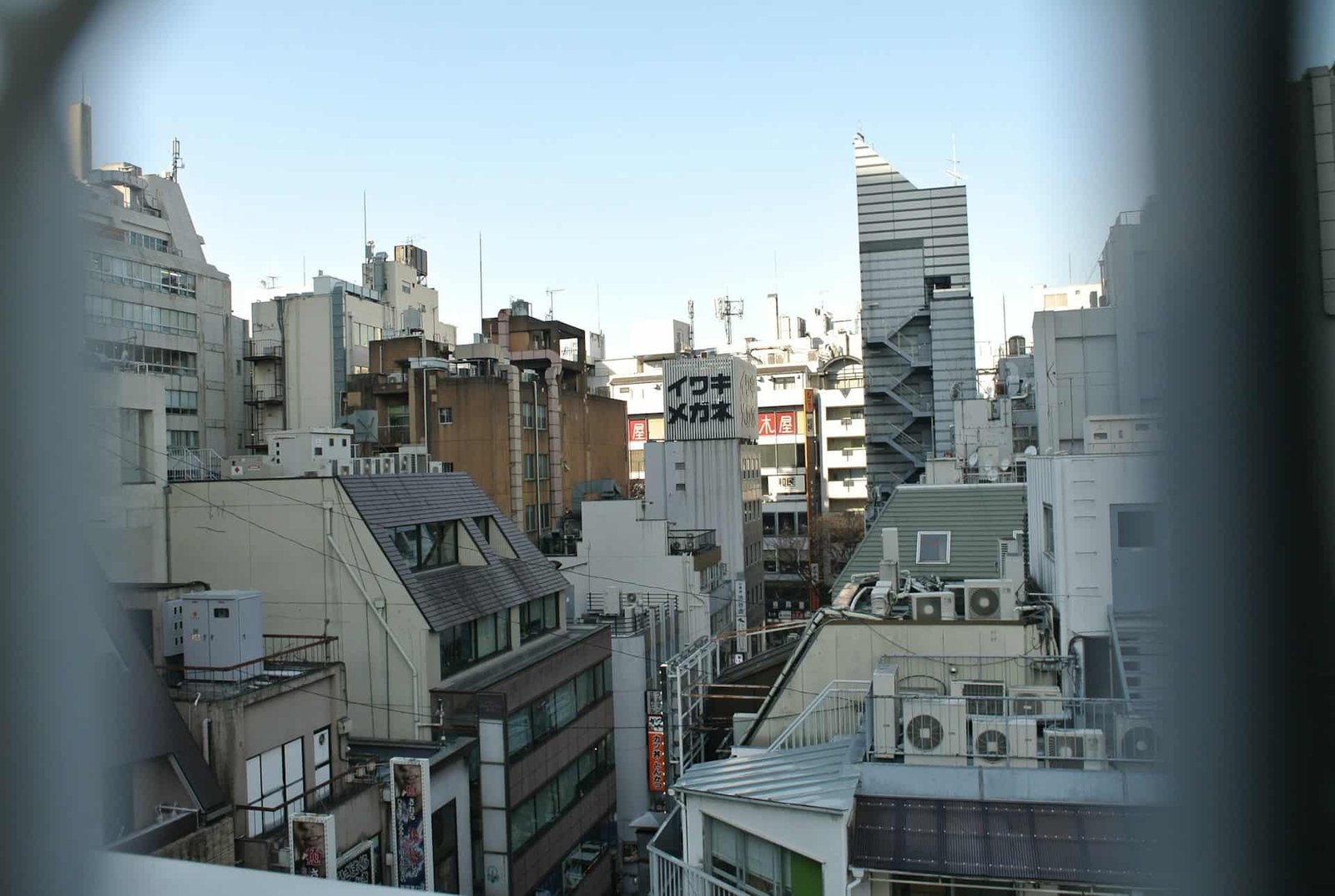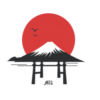Why Japanese Buildings Have “Bathroom Tiles” on the Outside
From Tokyo to Fukuoka, many Japanese buildings look like they have been dipped in bathroom tile.
However, there is a unique blend of practicality, history, and quiet resilience behind the glossy walls.
Walk through any Japanese city and you will likely notice something familiar but also out of place. Thousands of small tiles, like what you would expect to find in a bathroom, adorn the outside of buildings. At first, you might dismiss this as a design quirk, but once you’ve noticed it, you realise that they are on apartment blocks, dental clinics, and even tucked-away ramen shops.
Personally, my initial reaction was dismissive. This was on par with quirks like putting Mickey Mouse ears or bunnies on roadworks railings.
But, over time, curiosity and questions got the better of me. Was this an aesthetic choice? Part of Japan’s unpredictable and (ahem) unique mix of architectural styles?
The answer is neither. What looks like decoration is a response to two of Japan’s most persistent natural forces: earthquakes and climate.
Practicality over aesthetics
Japan experiences more than 1,500 earthquakes each year, and in many regions, annual humidity levels regularly exceed 70% during the rainy season. Add to that typhoons, intense UV exposure, and scorching summer heat, and you’ve got one of the most punishing environments in the developed world for keeping buildings intact.
Western building materials like brick can struggle under these types of circumstances. Instead, many modern Japanese buildings rely on reinforced concrete, which holds up well against seismic activity and allows for faster, cheaper construction.
But concrete comes with its own problems. Left unprotected, it quickly deteriorates in Japan’s climate. Finding raw concrete on its own to be a pleasing sight is also almost exclusively reserved for brutalist architecture enthusiasts.
Ceramic tiles offer a different path. They are non-porous, fire-resistant, and nearly impervious to humidity. It is like adding armour plating over the concrete beneath.

Building tiles - strengths and trade-offs
Ceramic tiles (also know as タイル張り, or tairu-bari) are made by baking clay or stone at temperatures up to 1,300°C. The process creates a product that is incredibly hard, low in water absorption, and resistant to discoloration, weather damage, and fire. Unlike siding or paint (often needing replacing every 10 to 15 years), properly installed tile exteriors can last 30 years or more with minimal upkeep.
Incidentally, if you see Japanese buildings wrapped in what looks like oversized funeral shrouds, it often involved tile maintenance and repair to keep them going for further decades.
The long lifespan translates into lower maintenance costs over time.
However, durability comes at a price. Tiles are significantly more expensive to install than siding or stucco (often up to twice as much up front costs). Since tiles are placed one by one, the process is also labour-intensive and highly dependent on the skill of the installer. If poorly installed tiles experience seismic shocks, it can cause them to crack or fall off entirely.
The history of tiles on Japanese buildings’ walls
Tiles have been used for eons in Japan, but almost always on the roof of buildings.
When they first appeared on exterior walls in the 1960s, they were considered a mark of luxury. Early adopters included upscale apartment blocks and high-end urban residences, where the glossy finish gave buildings a modern, international feel.
The Japanese economic miracle of the 60s, 70s and 80s saw people move into cities and building practices shift. Reinforced concrete became one of the default materials, thanks to its relative affordability and resilience against earthquakes. And as demand for durable, low-maintenance exterior finishes grew, tiles became more widely used.
By the 1980s and 90s, tile had gone mainstream. Subsidies for concrete construction helped accelerate the trend, while improvements in tile manufacturing brought costs down and expanded design options.
Today, you still find tiled facades on everything from suburban homes to city clinics and aging apartment complexes. While the tile design language may have evolved, its results tend to look slightly odd to my Western eye.
However, I now understand the logic: in Japan’s harsh environment, tiles are a quiet, durable solution.
Cover photo by Karen Chew on Unsplash.
In-article Photo by jennieramida on Unsplash.
